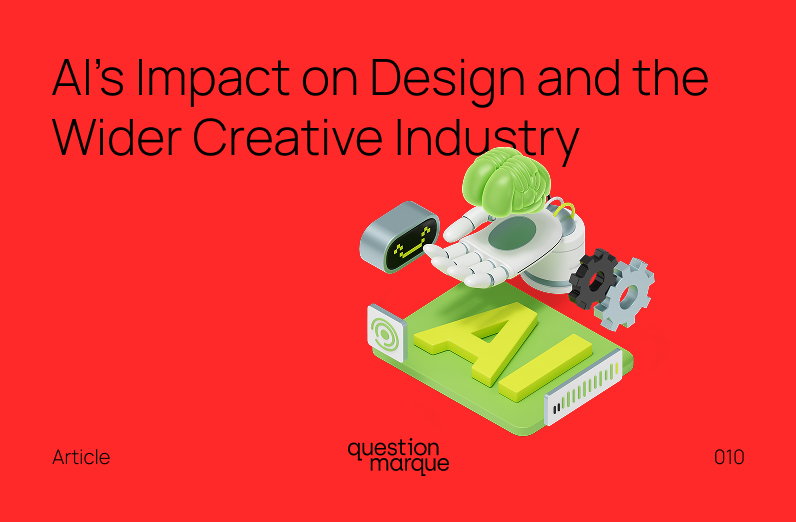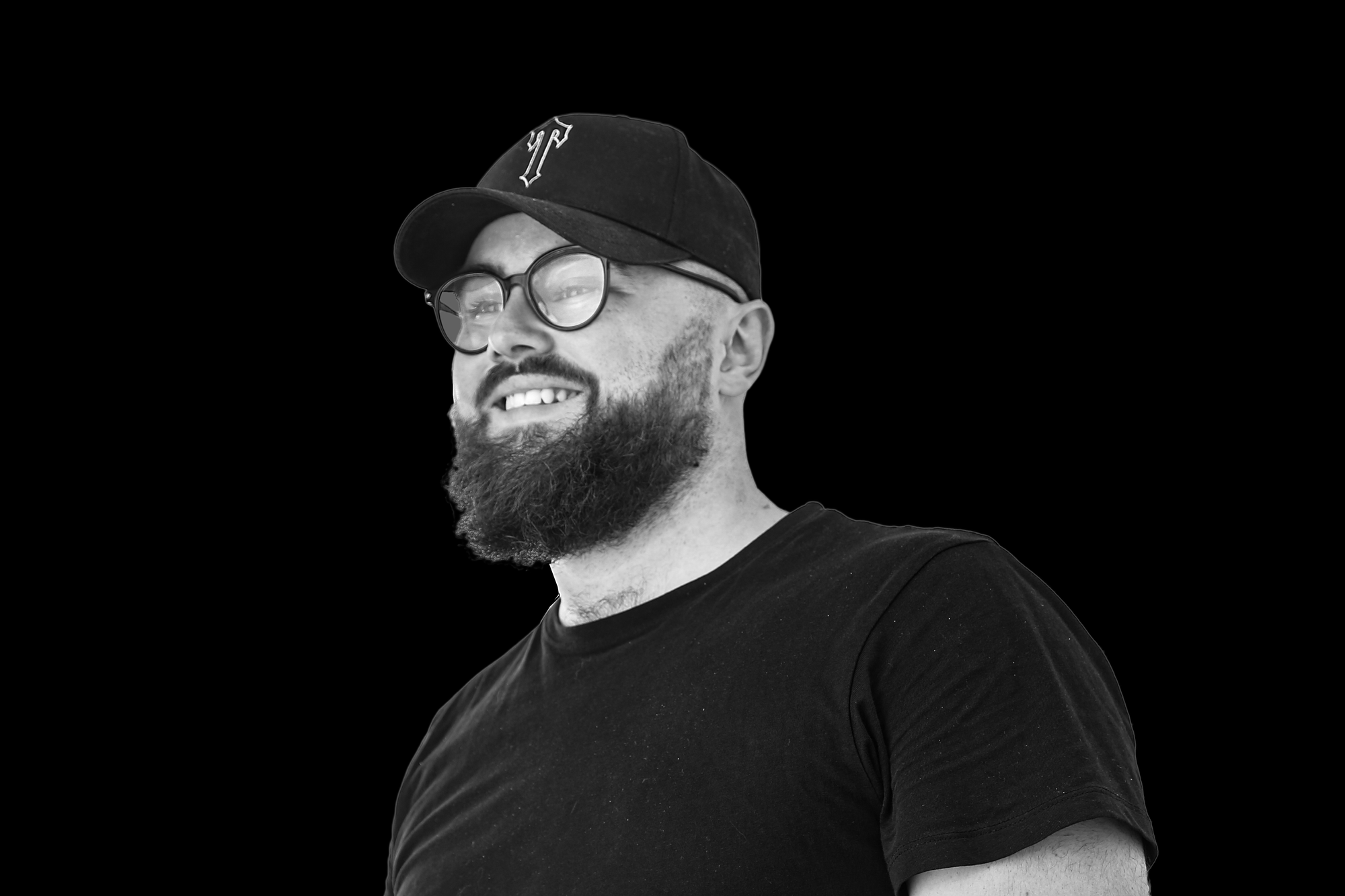AI’s Impact on Design and the Wider Creative Industry

There’s been a noticeable shift in the creative industry over the last few years, and it’s impossible to ignore. AI has entered the picture in a very real way, and with it comes a mixture of excitement, uncertainty and, in some cases, fear. Tools like ChatGPT have improved the way people write, helping them structure ideas, refine tone and communicate more clearly. Image generation tools have made visuals more accessible to people who don’t have a design background. And across almost every sector that doesn’t rely on physical, hands-on craft, people are questioning what this means for their role.
In design, this shift hits hardest at the entry point of the industry. Breaking into design has always been difficult — I spent years trying to get my foot in the door — but over time the entry route has narrowed even further. Teams have become leaner. Outsourcing became easier. Platforms like Canva and Fiverr made design more accessible and more affordable, especially for businesses with very small budgets. It was already hard enough for juniors to find roles that allowed them to learn on the job; AI has simply put more pressure on a pathway that was already fragile.
But despite the noise, AI hasn’t diminished the need for creativity or craft. If anything, recent examples have made the gap between “accessible” and “expertly executed” more obvious than ever. Apple’s new Apple TV ident, which was created using real glass and physically crafted techniques, shows that human-led creativity still produces work with depth, detail and a tangible sense of care. Coca-Cola, on the other hand, released a Christmas ad built almost entirely through AI-generated clips. It took tens of thousands of generated pieces, countless corrections, weeks of prompting and stitching together separate fragments, and yet the outcome still fell short. There were inconsistencies, visual oddities, and a lack of cohesion across scenes that made it clear the approach wasn’t ready to replace real creative direction. It highlighted an important truth: AI can be used well, and it can be used badly. Without strong creative leadership, updated tools, or the right pipelines, the technology quickly exposes its limitations.
What this demonstrates is simple: AI is not a threat to creativity. AI is only a threat to processes that lack creative guidance. When used without intention, it creates work that feels hollow. When used with skill, knowledge and direction, it can become part of a wider toolkit that elevates what people can make. The technology is only as good as the people using it, and the outcomes reflect that.
In studios like ours, AI is already woven into everyday practice, but not in a way that replaces design or strategy. It supports the work rather than defines it. It helps with structuring ideas, organising thoughts, exploring early creative directions and speeding up tasks that historically slowed projects down. Even within tools like Photoshop and Figma, AI has removed a lot of the friction that used to eat into time — retouching, masking, cleanup, layout adjustments. All of these things have become more efficient, but they haven’t replaced the decision-making behind them. They haven’t replaced the years of experience required to determine whether something is right, wrong, or completely off-brief.
AI is a tool — nothing more, nothing less. It should be thought of in the same way we think about every meaningful shift in the creative world. My late father was working as a designer when computers and the Apple Mac first entered studios. There was panic then too. Many believed the computer would take over design jobs, that it would strip away the craft and automate the work. But like every tool throughout history, it didn’t replace designers; it redefined the role. Those who embraced it evolved. Those who resisted it found themselves left behind. The introduction of the Mac didn’t kill design; it expanded it. It increased the possibilities and the speed at which ideas could become reality. It made room for new levels of experimentation.
AI is simply the next version of that moment.
It will change workflows. It will shift the expectations around output. It will influence how teams operate and how quickly ideas move. It will reduce the amount of time people spend on low-level production tasks. And it will have a significant impact on the entry level of the industry, where junior roles have traditionally relied on exactly those tasks to gain experience. That is the part of the picture that still needs thought and support.
But AI will not replace good designers. It will not replace strategy, intuition, taste, communication or the ability to create work that moves people. Creativity comes from humans — and no model, no matter how advanced, can replicate the depth of experience or emotional intelligence that sits behind great work.
We will see more missteps, like Coca-Cola’s Christmas ad, before the industry fully learns how to use AI effectively. But we’ll also see extraordinary work made by creatives who treat AI the way designers treated the Mac: not as a threat, but as something that allows them to think, make and explore at a higher level.
In our studio, AI already plays a role — not to replace creativity, but to support the way we think, explore and refine ideas. It helps remove friction, improve structure and speed up parts of the process that were never the creative heart of the work to begin with. And as these tools evolve, so do we.
We’ve been embracing AI in ways that make sense for our clients and for the type of work we want to put into the world. Over the past year, that’s led us to start developing something of our own — something designed to sit alongside the creative process rather than overshadow it.
We’re not quite ready to share it yet.
But it’s coming soon.
And it represents where we believe AI truly belongs in the future of design.
The future of the creative industry doesn’t belong to the tools.
It belongs to the people who learn how to use them well.


